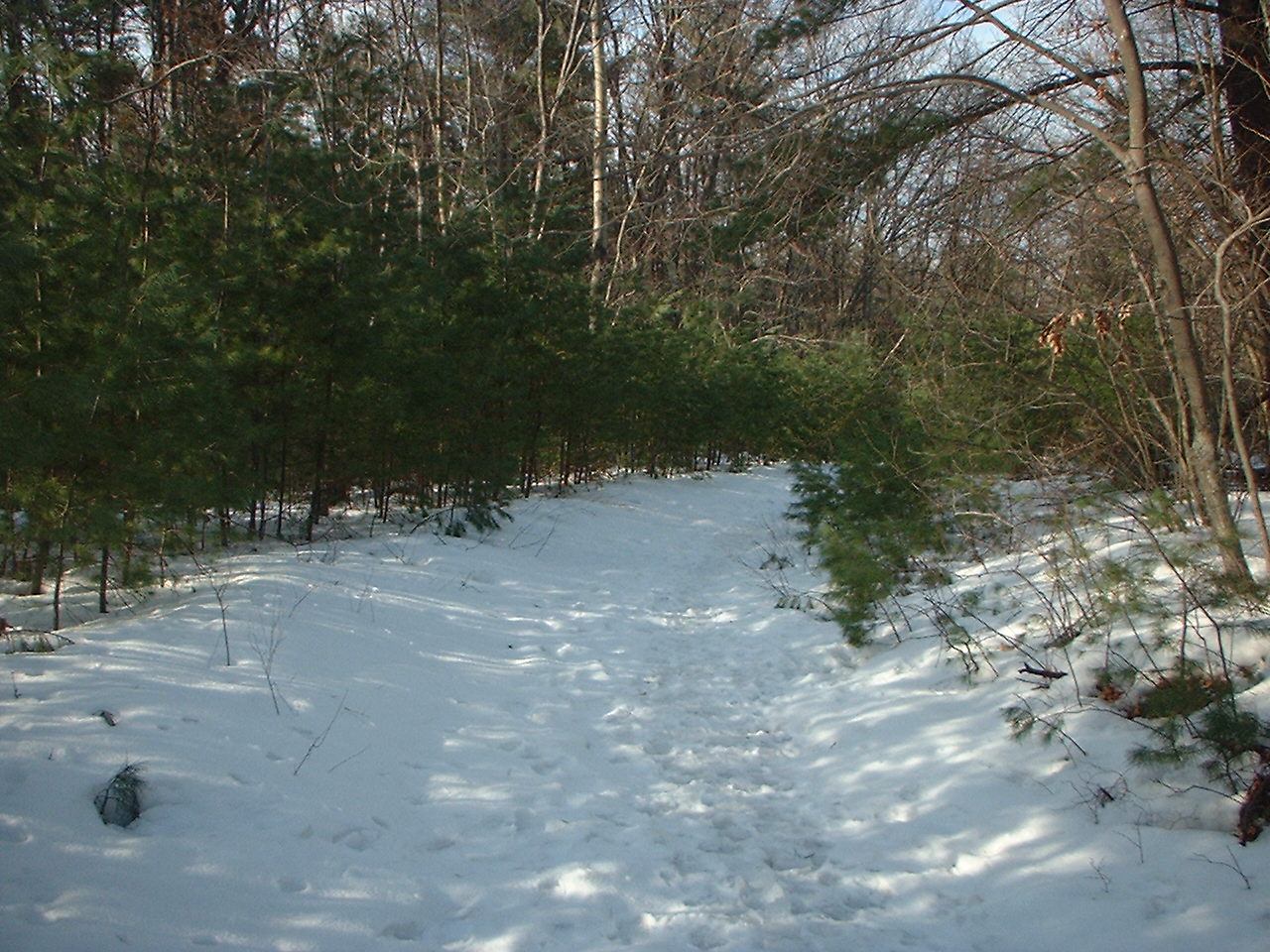Cypripedium reginae is by far one of the most beautiful orchids found in North America. Its name comes from the Greek words kypris (a name for Venus) and pedition (a slipper or foot,) which refers to the shape of the flower. The plant has such a majestic beauty to it that its variations have taken on distinguished names such as the Royal Ladys Slipper, the Showy Ladys Slipper, and the Queen Ladys Slipper.
The Royal Ladys Slipper has been declared the official state flower of Minnesota. However, this terrestrial plant also grows in other parts of northern America. It blooms sometimes during or after the month of May, and usually inhabits wet woodlands and margins of bogs and swamps.
The easiest way to recognize the orchid is from its outside. Its made up of 1-2 large white slippers, and a rose/pale-pink 3.5-4.5 centimeter pouched lip can be identified in the flowers center. Each covering stem can grow to be anywhere from 35-90 centimeters in height, and about 3-7 leaves will typically appear from each stem.
The pleasant scent and bright color of the Ladys slipper attracts bees for pollination. The problem is that bees realize that there are easier catches for nectar, so they move on to other flowers and often leave the slippers without pollination.
At one time there were lots of these flowers in low, ungrazed pastures and meadows, but the number of these flowers have declined over the years due to the clearing of land for use. These delicate flowers were considered endangered because humans chose to pick them. Nowadays, many people recognize their beauty and scarcity, and they take pride to care for them. However, they still can take up to a dozen years to mature from a seed to a full grown blooming plant. 


